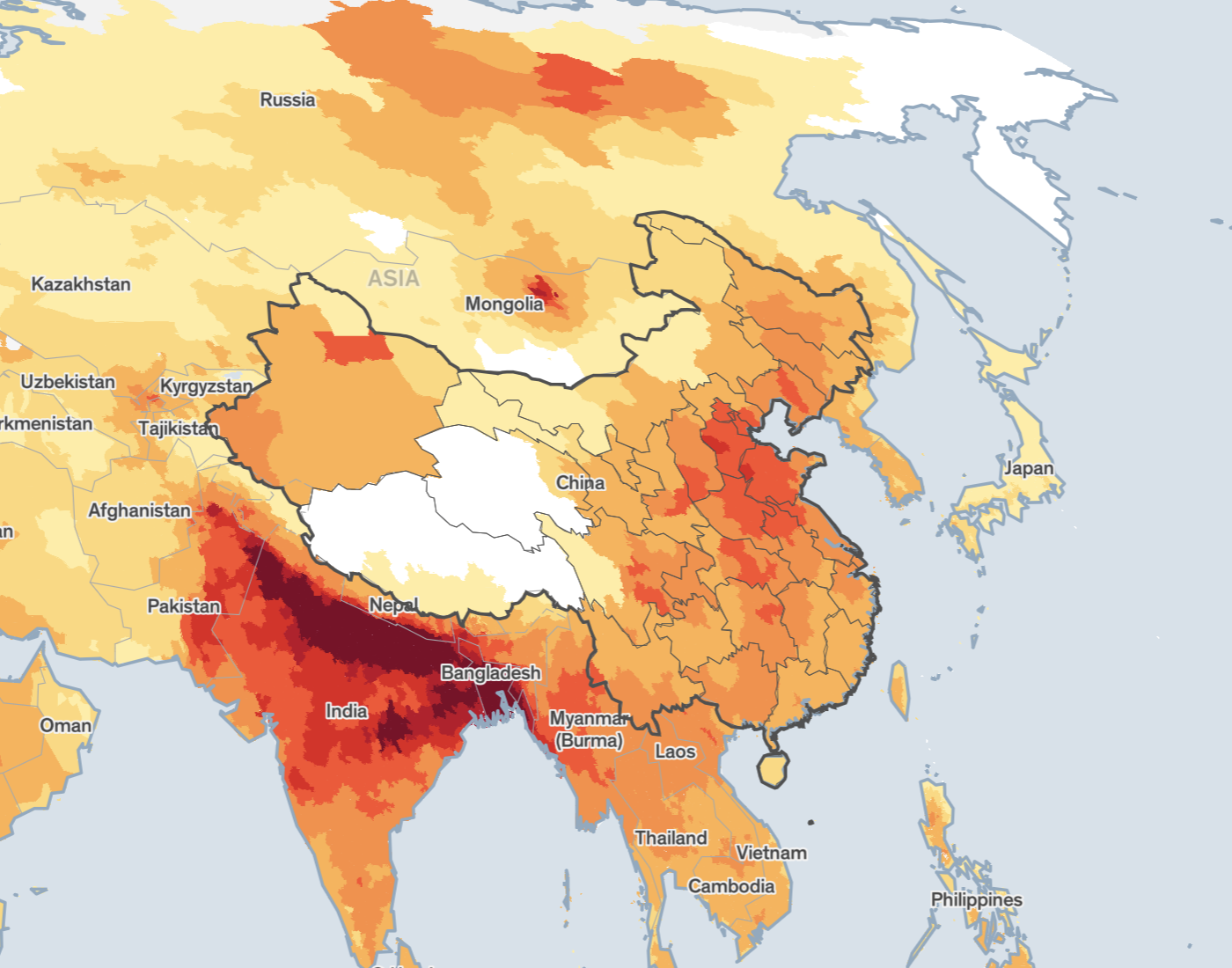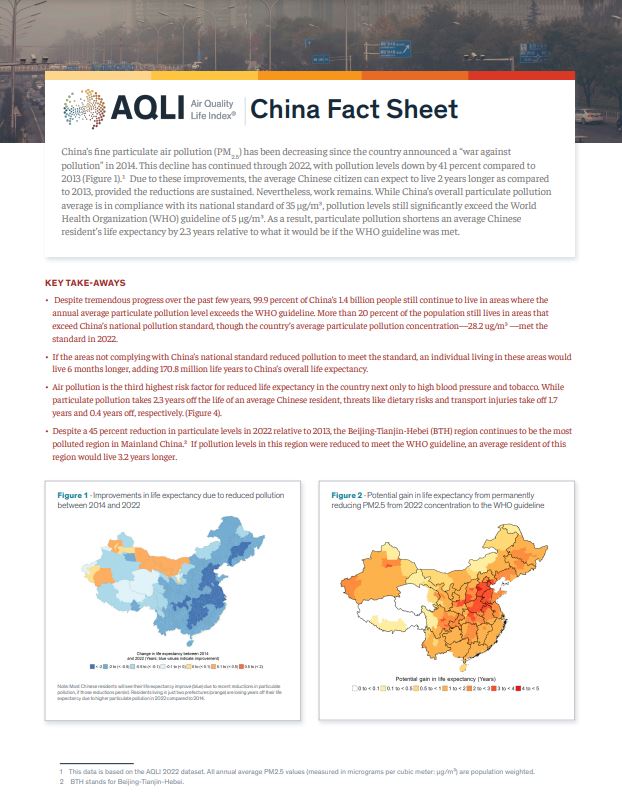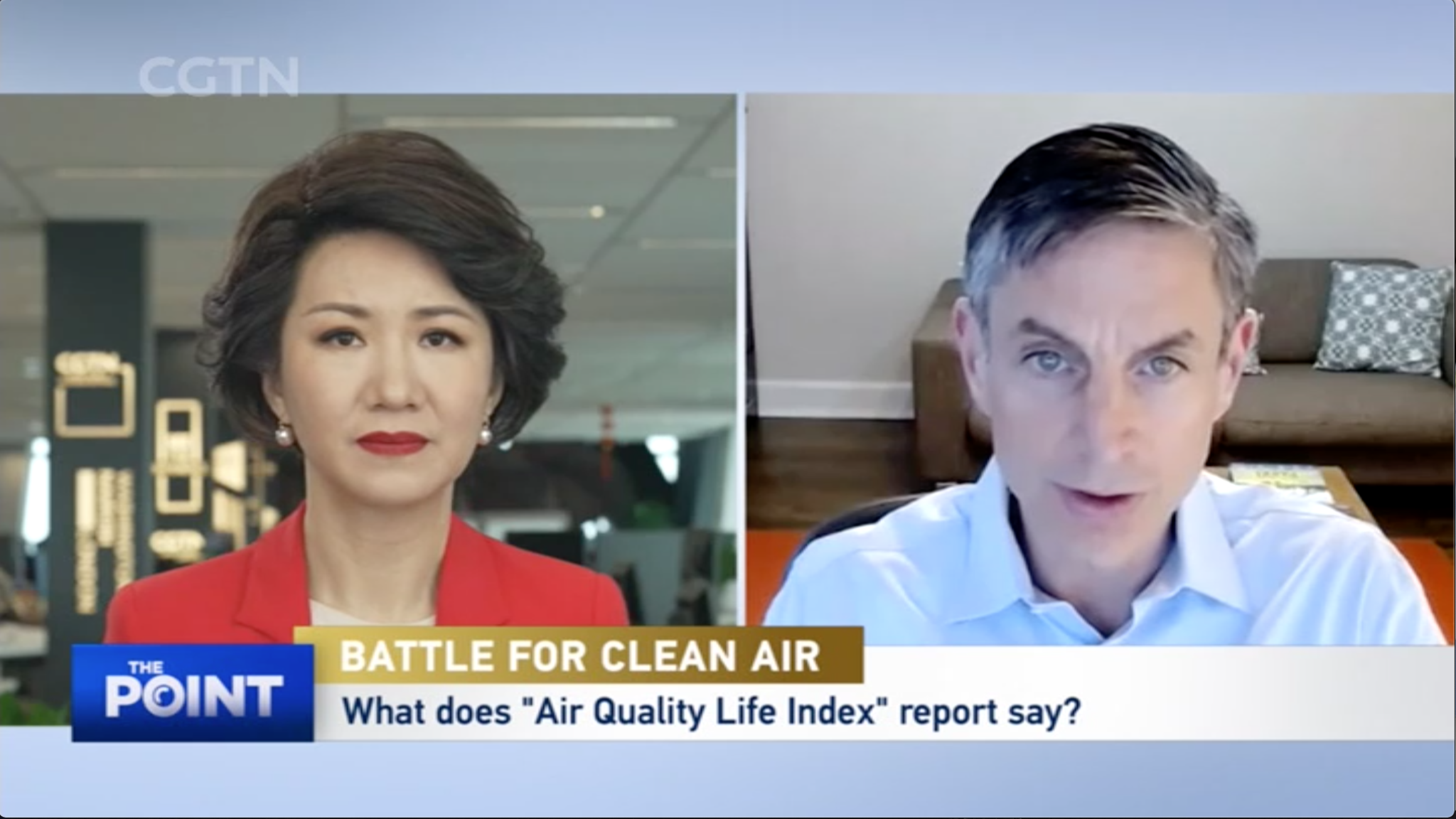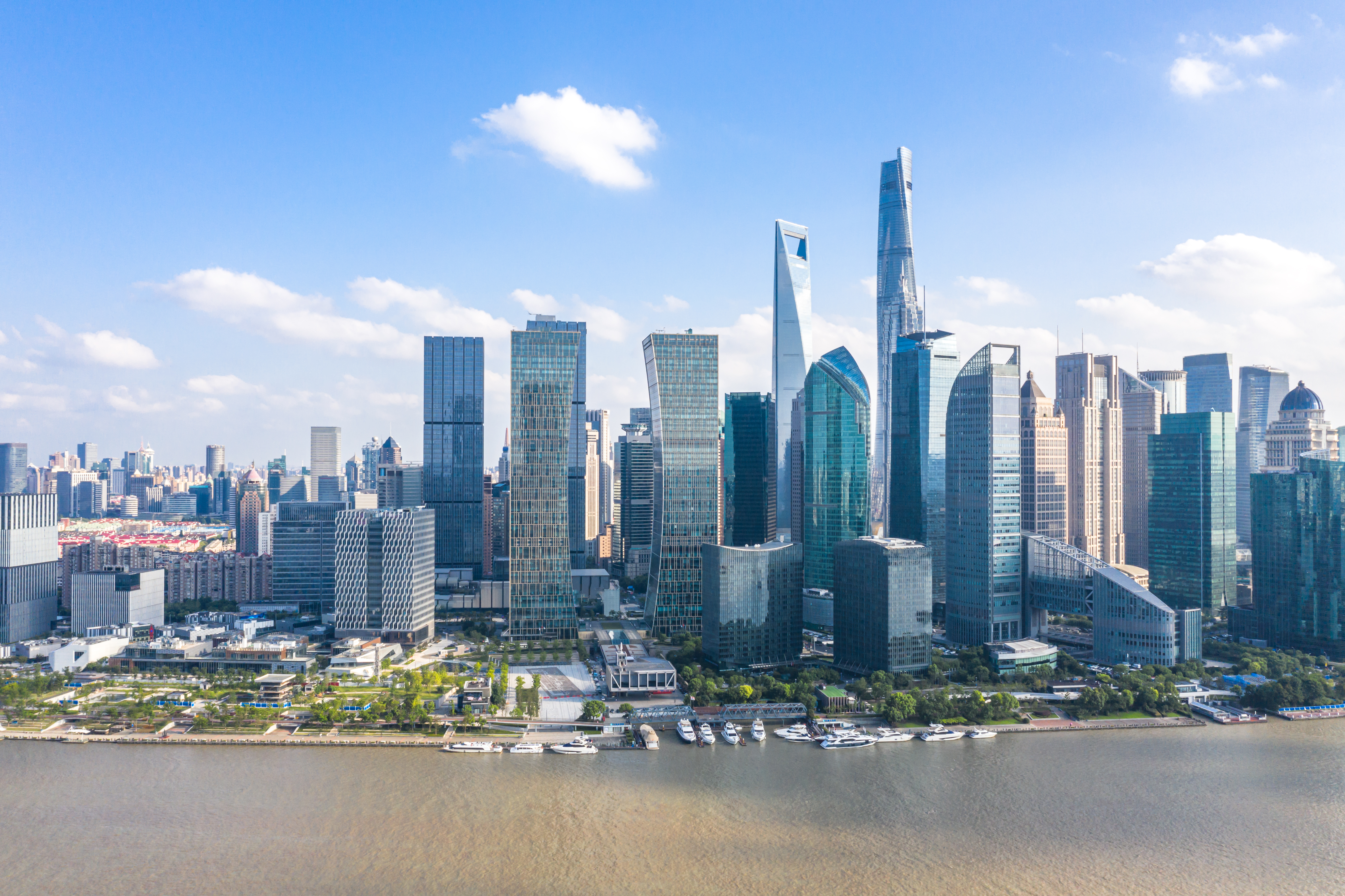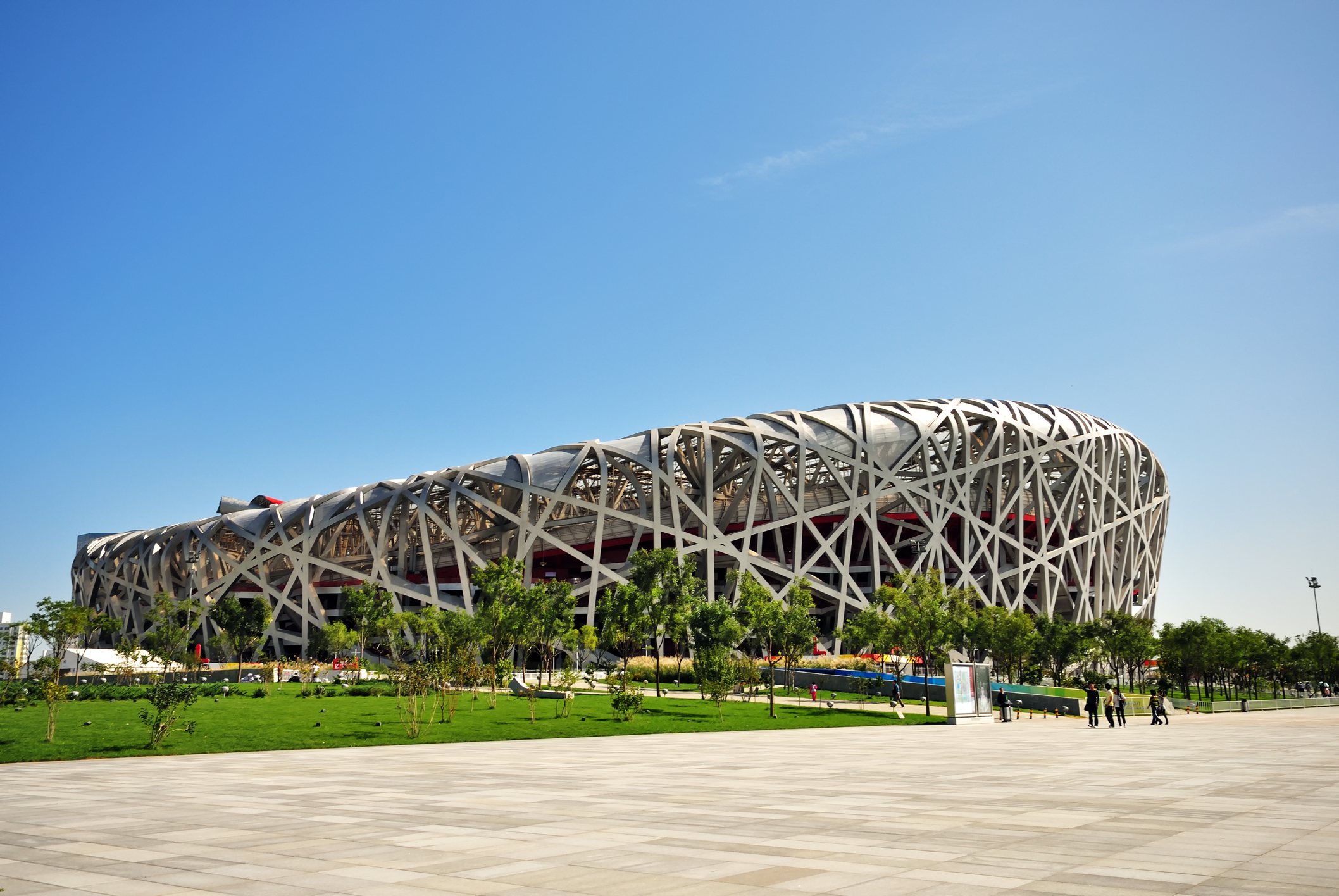Last Updated: August 28, 2023
China’s fine particulate air pollution (PM2.5) has been decreasing since the country announced a “war against pollution” in 2014. This decline has continued through 2021, with pollution levels down by 42 percent compared to 2013.[1] Due to these improvements, the average Chinese citizen can expect to live 2.2 years longer, provided the reductions are sustained. Nevertheless, work remains. While China’s overall particulate pollution average is in compliance with its national standard of 35 µg/m³, pollution levels still significantly exceed the World Health Organization (WHO) guideline of 5 µg/m³. As a result, particulate pollution shortens an average Chinese resident’s life expectancy by 2.5 years, relative to what it would be if the WHO guideline was met.
KEY TAKE-AWAYS
- Despite tremendous progress over the past few years, China is still the 13th most polluted country in the world. As a comparison, particulate pollution in Beijing is still 40 percent higher than the most polluted county in the United States (Plumas county in California).
- Practically all, 99.9 percent, of China’s 1.4 billion people still live in areas where the annual average particulate pollution level exceeds the WHO guideline. If the current pollution levels persist, China stands to lose 3.6 billion total life years.
- Even though China’s overall particulate pollution average is in compliance with the national standard, 30.9 percent of the population still lives in areas that exceed the national standard of 35 µg/m3. If these areas were to comply with the national standard, it would result in a gain of 216.7 million total life years. An individual living in these areas would gain 6 months of life expectancy on average if the pollution was brought down to the levels prescribed by the national standard.
- Measured in terms of life expectancy, particulate pollution is among the five greatest threats to human health in China, taking 2.5 years off the life of the average Chinese resident. In comparison, tobacco use reduces life expectancy by 3 years.
- In China’s most polluted prefecture—Shijiazhuang in Hebei Province—the average person is on track to lose 4.3 years of life expectancy on average relative to the WHO guideline.
Read more about China in the Policy Impacts section of our website.
चीन: नेशनल एयर क्वालिटी एक्शन प्लान (2014)
चीन द्वारा प्रदूषण पर जंग से धुंध में 39% की कमी हुई है
“पिछले 5 वर्षों से प्रदूषण पर जंग” से चीन में सुधार दिखाई दे रहा है. अगर ये सुधार कायम रहते हैं, तो चीन के लोगों की जीवन प्रत्याशा में लगभग 2.1 वर्षों की वृद्धि हो सकती है।
और अधिक जानें








